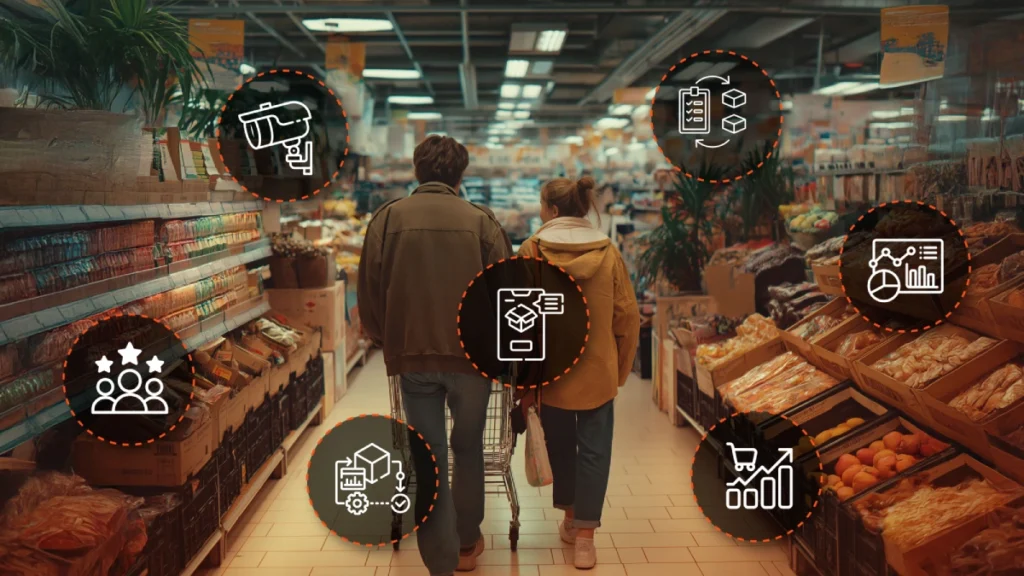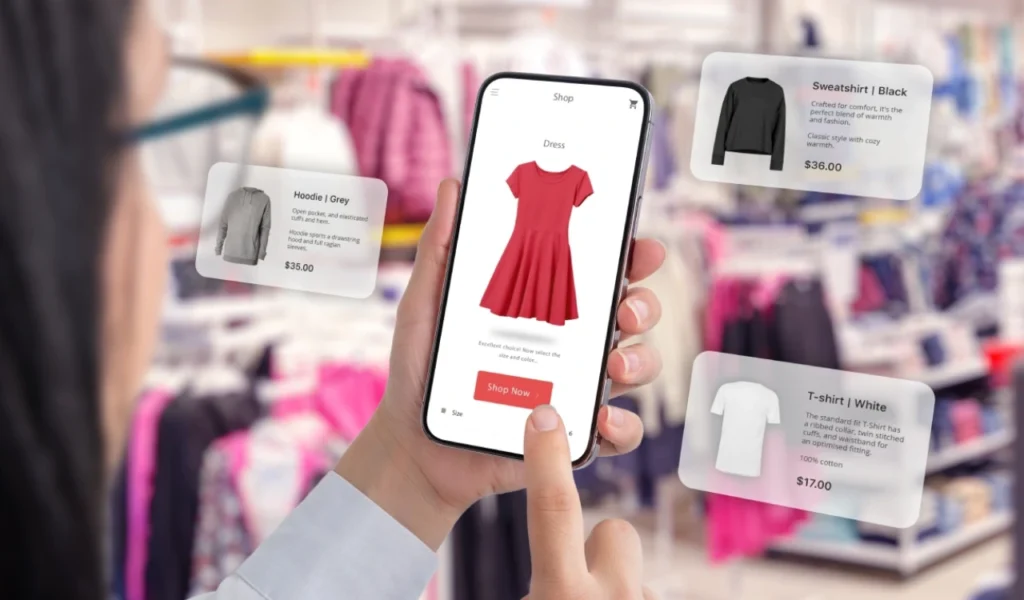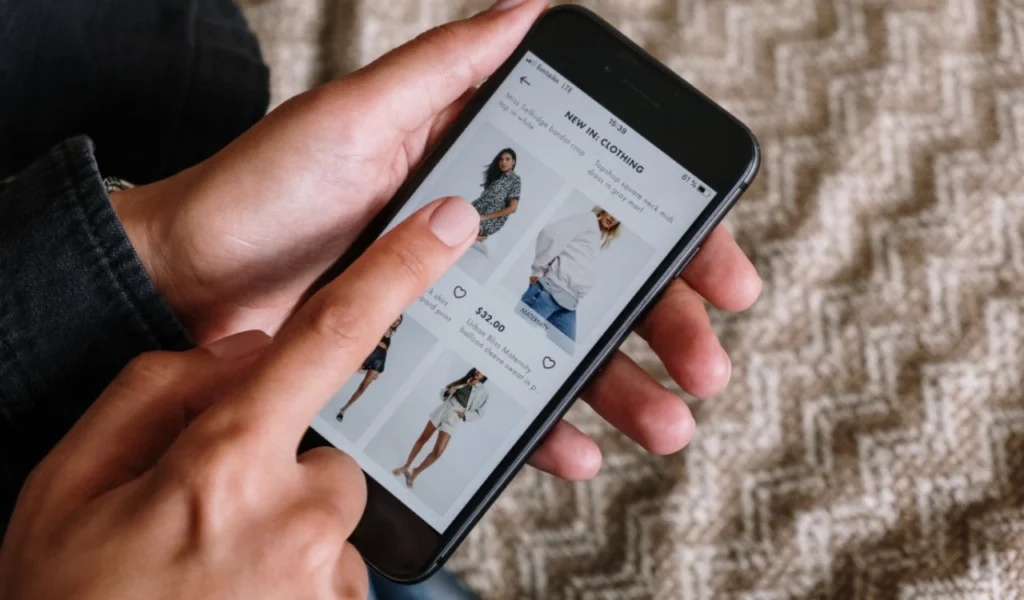7 Real-World Examples of AI in Retail Analytics

A well-oiled supply chain brings in the right product at the right time and place because its retailing is fuelled by intelligent data.
Retailing today is a high-speed game. Retailers are swamped, coping with sky-high customer expectations, balancing in-store and online orders, and dealing with international suppliers. Throw in curveballs such as holiday season spikes or unexpected tariffs, and it's obvious: the old model of managing supply chains just won't work. That's where retail analytics enters the picture, transforming raw data into real-time decisions that keep shelves full, customers satisfied, and margins healthy.
Why Retail Supply Chains Are Getting Harder to Manage?
Operating a retail business was easier in the past. But today?
Demand shifts quickly
Trends change overnight, and a single viral moment can strip shelves bare.
Inventory is everywhere
In-store, online, and third-party sellers, and keeping track of it all is a balancing act.
Visibility is limited
Without real-time visibility, it's difficult to catch delays or bottlenecks.
Vendors differ
A single delay or incorrect shipment can disrupt the entire inventory flow, leading to customer dissatisfaction.
Shoppers demand speed
They're expecting next-day shipping, effortless returns, and instant tracking.
There's more pressure on retailers than ever before. And to succeed in today's fast-paced world, they require more than gut instinct, they need intelligence.
The Power of Data-Driven Retail Analytics
Retail analytics enables brands to transform raw data into results-driven decisions. It helps in better inventory management, improved demand forecasts, personalized customer experiences, and optimized logistics. With retail analytics, it is possible to:
- Forecast demand: No more guessing. Know what customers want and when.
- Bypass overstock and stockouts: Maintain lean but dependable inventory with AI-driven demand planning.
- Provide Personalized Products: Personalize promotions and recommendations to individual shoppers.
- Optimize operations: Identify inefficiencies before they are issues.
- Price smarter: Optimize prices according to competitor patterns and customer behavior.
Let’s see what some of the top brands are doing!
7 Real-World Examples of Brands Leveraging Retail Analytics
Retail Video Analytics
CVS Health deploys in-store analytics and gathers information from its POS systems and cameras to help optimize product placements, enhance checkout, and curb theft. The practice assists CVS in keeping the shopping experience smoother and inventory levels better adjusted.
Customer Analytics
Best Buy leverages customer analytics to obtain information through various channels. Best Buy can see customer preferences, anticipate demand for some products, and adjust their promotions. For instance, Best Buy might discover that tech devices are more sought after in a region, which enables them to customize marketing to gain more engagement.
Inventory Analytics
Home Depot uses real-time inventory analytics to optimize product stocking across its stores. Through real-time analysis of inventory levels and forecasts of demand, they minimize stockouts and overstock conditions. The information assists the company in maintaining inventory throughout its extensive network of stores, making the supply chain more efficient and saving costs.
Merchandise Analytics
Through the study of customer responses to various in-store displays, Kohl's has managed to identify which product presentations result in higher sales. They also employ merchandise analytics to refine price strategies to achieve the highest margins, especially during peak sales season.
Web Analytics
By monitoring where a user clicks and moves around the website, Amazon can tailor its user experience and recommend items that are most likely to convert. For instance, Amazon applies heatmaps to identify where the most attention goes on the webpage and accordingly adjust product placements.
Demand Forecasting
Zappos employs AI-driven demand planning to forecast demand for a given product based on consumer behavior on the website and app, such as adding or abandoning products in a shopping cart. This enables Zappos to have accurate inventory levels of popular products and avoid stockouts and customer dissatisfaction.
Predictive Analytics
Sephora uses AI-recommended personalized product combos for in-store shoppers in real-time. This enables the company to get increased upsells and improved customer satisfaction.
Other Emerging Use Cases
- Walmart is testing drone shelf scanning and AI replenishment notifications in some of its stores.
- Target has adopted AI chatbots for real-time customer support and inventory checks.
- IKEA is making investments in AI to simplify last-mile delivery and enhance sustainability in packaging.
Conclusion
According to McKinsey, data-driven businesses are 23X more likely to gain customers, 6X more likely to retain them, and 19X more likely to make a profit out of it.
Retailers who are embracing AI-driven analytics can respond quicker, plan more efficiently, and serve smartly. The new retail currency lies in optimizing shelf space, predicting the next season’s bestsellers, and enhancing customer experience.
At Syren, we have a team of highly experienced professionals who are industry experts and can help businesses map out their AI-powered retail analytics journey. Let’s connect!


